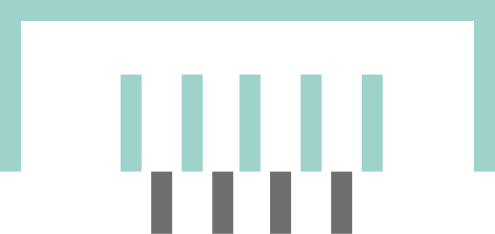Economic Geology, Mining Archaeological and Archaeometric Investigations at the Veshnaveh Ancient Copper Mine, Central Iran
DOI:
https://doi.org/10.46586/metalla.v23.2017.i2.67-90Keywords:
Archaeometallurgy, copper ore, mineralogy, mining archaeology, provenance studiesAbstract
The Veshnaveh ancient copper mine is located in the middle of the Orumieh-Dokhtar volcanic belt in north central Iran and is hosted by middle-upper Eocene volcanic and sedimentary rocks. The focus of this paper is the investigation of ore and rock samples from Veshnaveh using diverse geochemical and mineralogical methods including ore microscopy, scanning electron microscopy, inductively coupled plasma mass spectrometry and lead isotope analysis in order to better understand the nature of mineralization. The results were then compared with the results from the ancient metallurgical relics from some key sites in central Iran including Tappeh Sialk, Arismān, Tappeh Sarm and Jamkarān. The results show the Veshnaveh deposit is a Manto type mineralization whose ore has been possibly used from the Middle Bronze Age until the early Iron Age by surrounding communities.
Downloads
Published
Issue
Section
License
Copyright (c) 2018 Nima Nezafati, Thomas Stöllner

This work is licensed under a Creative Commons Attribution 4.0 International License.



